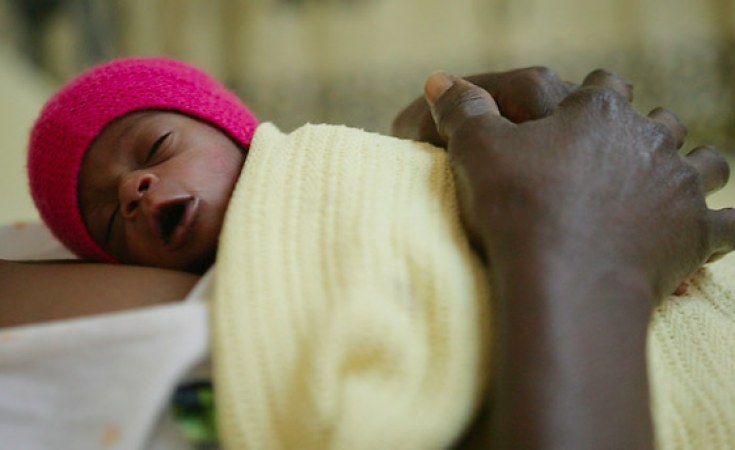Software entrepreneur Bill Gates and his wife, Melinda, have focused increasing attention in recent years on philanthropic work, in particular addressing health issues in the developing countries of Africa and other continents. In his second annual letter to the public, excerpted here, Gates gives his take on the fight against HIV and Aids:
There is some encouraging news here. HIV isn't spreading as fast as it was. The number of new people getting infected with the virus peaked in 1996 at 3.5 million and was down to 2.7 million in 2008. Prevention efforts, like the foundation's work in India to get sex workers and their clients to use condoms more often, are part of the reason for this reduction. But 2.7 million is still 2.7 million too many, and in some places, the disease rate is still incredibly high. In South Africa, 18 percent of adults are infected, and in parts of the country more than half of the women are infected by the time they are in their mid-20s.
The number of people worldwide receiving antiretroviral (ARV) therapy for HIV increased to four million last year, which is a great achievement. In the early years of Aids, it was not clear whether a large-scale treatment effort would work in Africa. Beginning in 2001, the foundation helped fund treatment in Botswana, one of several projects showing that it could work. The Global Fund and the United States' PEPFAR program (a U.S. $50 billion program to help combat Aids in Africa) have since taken the lead in scaling up ARV delivery. They are both doing a great job, although there is a lot of concern that limited funding will restrict the number of new patients they can treat.
Follow us on WhatsApp | LinkedIn for the latest headlines
Treatment is important, but we urgently need innovations to prevent the spread of HIV, which is where the foundation has focused a lot of its efforts. Trials are in progress on pills and gels that we hope will substantially reduce the chance of getting infected. We will begin to see the results from these trials late this year.
Another approach to reduce the spread of HIV is male circumcision. I mentioned in last year's letter that studies have shown that male circumcision reduces the odds of transmission from a woman to a man by over 60 percent. In areas where transmission is widespread, if you circumcise most of the men over 14 years old you can significantly reduce the spread of HIV. The foundation funded pilot efforts to scale up circumcision, but I viewed it as high-risk because I was doubtful that enough men would volunteer to be circumcised. That is why last December I went to visit Bertran Auvert, a French scientist working in a South African township called Orange Farm. Bertran conducted one of the key studies on the effectiveness of circumcision, and now he has set out to show that doubters like me are wrong.
He and his co-leader, Dirk Taljaard, are modest about their work but, amazingly, they are getting over 750 men a month to come to their facility. They have already circumcised 14,000 men, and within a year they think they will be able to circumcise almost all of the men in the community. It looks like a very high percentage will participate. Bertran's approach is very efficient, with costs of only $40 for the surgery. Based on this success, a number of facilities are being set up in South Africa and in other countries with high HIV prevalence to do the same thing. In many African countries, if a high percentage of men volunteer for circumcision, it will reduce the number of cases at least 30 percent over time, which shows what an impact a great scientist like Bertran can have.
The major news in Aids this year, which you may have read about, concerned an HIV vaccine. A trial done in Thailand reported its results in September. The foundation's biggest spending on Aids focuses on vaccine work, but we didn't fund this trial. Although there are several ways of analyzing the data and the vaccine had only modest effects, the results of the trial were good news. They showed the scientific community that a vaccine is possible.
The Aids community is working on a number of candidate vaccines, many of which show better results in tests on monkeys than the vaccine used in the Thai trial. Since only a few vaccines can be picked for a trial, the community will have to collaborate and figure out which ones should go forward. Although a vaccine for widespread use is still more than a decade away, the scientific progress this year was better than most people expected.


